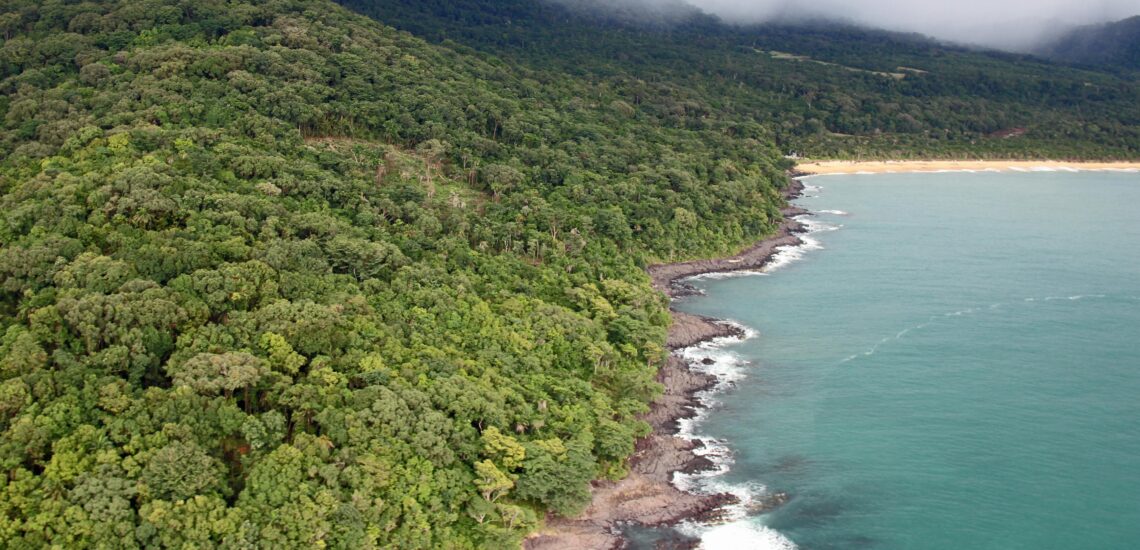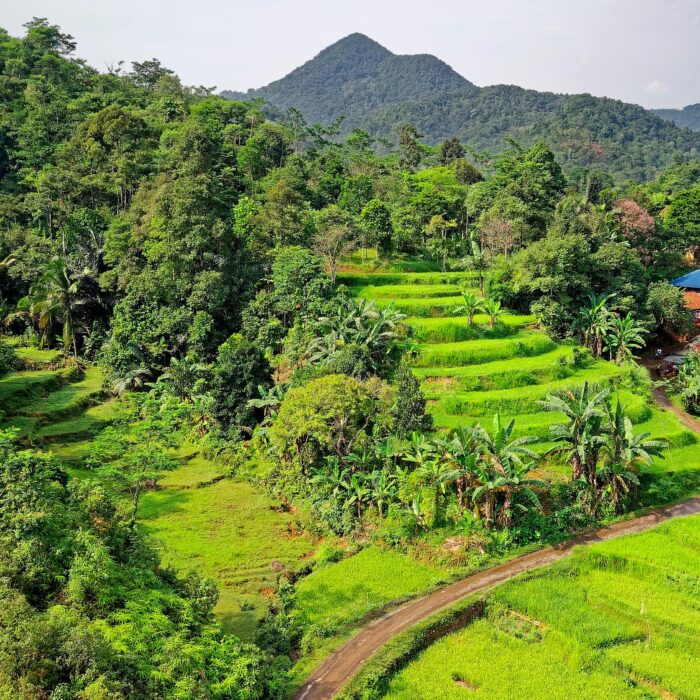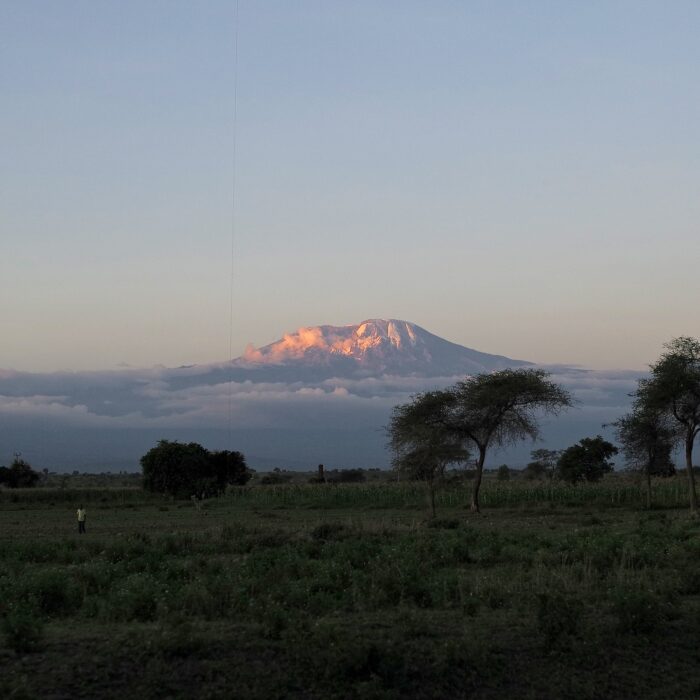塞拉利昂概况:
- 人口:约 890 万人。
- 首都:弗里敦。
- 官方语言:英语。
- 其他语言:克里奥尔语(广泛使用)、坦姆内语、门德语和各种土著语言。
- 货币:塞拉利昂利昂 (SLL)。
- 政府:单一制总统共和国。
- 主要宗教:伊斯兰教和基督教,也有传统信仰。
- 地理:位于非洲西海岸,北部和东部与几内亚接壤,东南部与利比里亚接壤,西南部濒临大西洋。塞拉利昂拥有多样化的景观,包括沿海平原、山脉和雨林。
事实 1:弗里敦的起源与奴隶制和解放的历史有关
弗里敦由英国废奴主义者于 1787 年建立,作为被释放奴隶的定居点。 “弗里敦”这个名字反映了它作为被解放的非洲人的避难所的宗旨,特别是那些从英国奴隶船上获释或从美洲奴役中归来的非洲人。
英国政府和慈善组织塞拉利昂公司帮助建立了这个殖民地,目的是为曾经被奴役的人们提供家园。多年来,弗里敦成为被解放的非洲人的象征性避难所和废奴活动的中心。
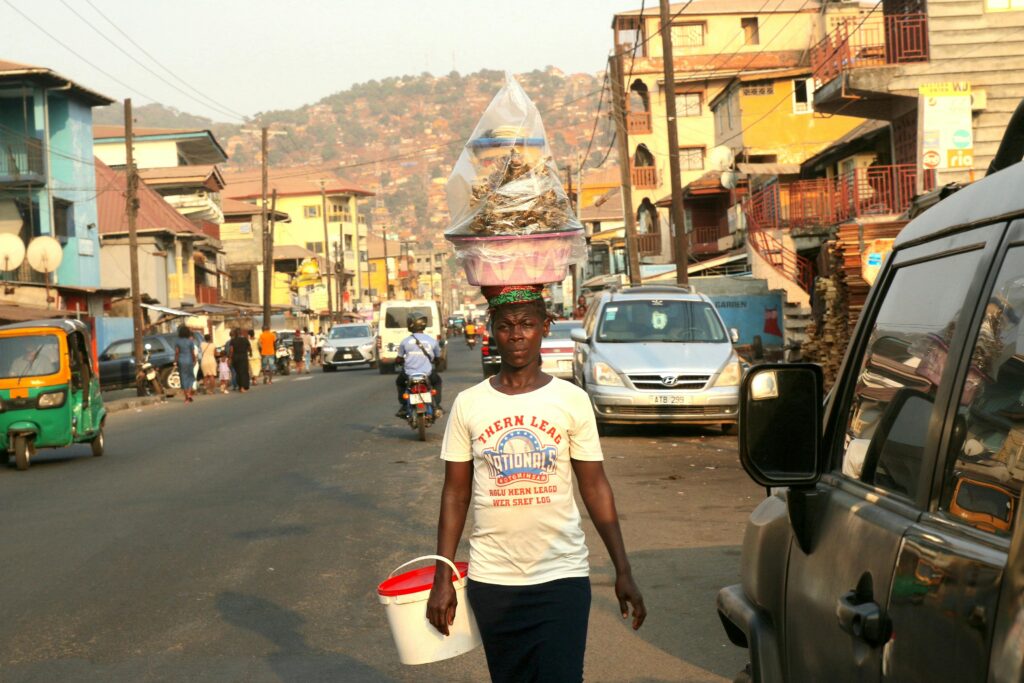
事实 2:克里奥尔语以英语和当地语言为基础
塞拉利昂的克里奥尔语以英语为基础,受到各种非洲语言以及通过跨大西洋奴隶贸易遇到的其他语言的影响。克里奥尔语是 18 世纪末和 19 世纪初在塞拉利昂定居的美洲、加勒比地区和非洲其他地区的被释放奴隶的后裔中发展起来的克里奥尔语。
英语构成了克里奥尔语的结构基础,但它融合了约鲁巴语、伊博语和沃洛夫语等非洲语言的词汇、语法和表达方式,以及葡萄牙语和法语的影响。如今,克里奥尔语在塞拉利昂被广泛使用,并成为一种通用语,使来自不同种族和语言背景的人们能够有效地交流。据估计,超过 90% 的塞拉利昂人都懂克里奥尔语,使其成为一个多民族和多语言国家的统一语言。
事实 3:塞拉利昂有一个灵长类动物保护区
塞拉利昂是塔库加马黑猩猩保护区的所在地,这是一个著名的灵长类动物保护区,位于弗里敦郊外。塔库加马由环保主义者 Bala Amarasekaran 于 1995 年创立,致力于拯救、康复和为孤儿和濒危黑猩猩提供安全的环境,其中许多黑猩猩是非法宠物贸易或栖息地丧失的受害者。
塔库加马还在保护工作中发挥着重要作用,致力于提高人们对黑猩猩面临的威胁的认识,并倡导塞拉利昂的野生动物保护。除了收容黑猩猩外,该保护区还开展环境教育计划,支持当地社区,并为生态旅游做出贡献。
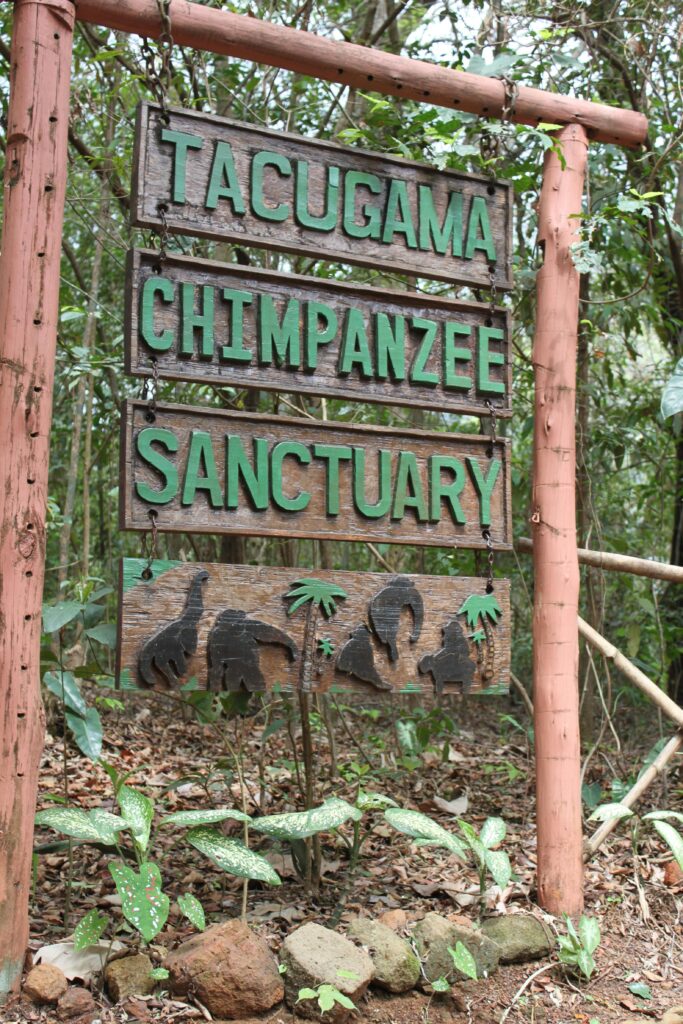
事实 4:独立后,塞拉利昂未能逃脱政变和内战
该国早年经历了一系列政变和权力斗争,这反映了非洲独立后面临的挑战的更广泛模式,新成立的政府经常要应对内部冲突、种族紧张局势和殖民统治的挥之不去的影响。
塞拉利昂最严重的冲突是 1991 年开始并持续到 2002 年的内战。战争的导火索是政府腐败、经济不平等以及对钻石资源控制权的竞争等问题。冲突以极端暴力为特征,包括革命联合阵线 (RUF) 等叛乱组织犯下的暴行,他们使用强迫劳动开采钻石并为其行动提供资金。到战争结束时,估计有 50,000 人死亡,超过 200 万人流离失所。
事实 5:电影《血钻》以塞拉利昂为背景
电影《血钻》(2006 年)以 20 世纪 90 年代残酷内战时期的塞拉利昂为背景。这部电影由爱德华·兹威克执导,围绕冲突钻石贸易展开——这些钻石是在战区开采并出售以资助武装冲突,往往以人类苦难为代价。故事讲述了一位渔夫、一位走私犯和一位记者,他们的生活交织在一起,在非法钻石贸易的危险和道德问题中摸索前行。
虽然《血钻》是一部虚构的故事,但它突出了塞拉利昂在战争期间面临的真实问题,例如强迫劳动、童子军以及利用钻石资源资助叛乱活动。
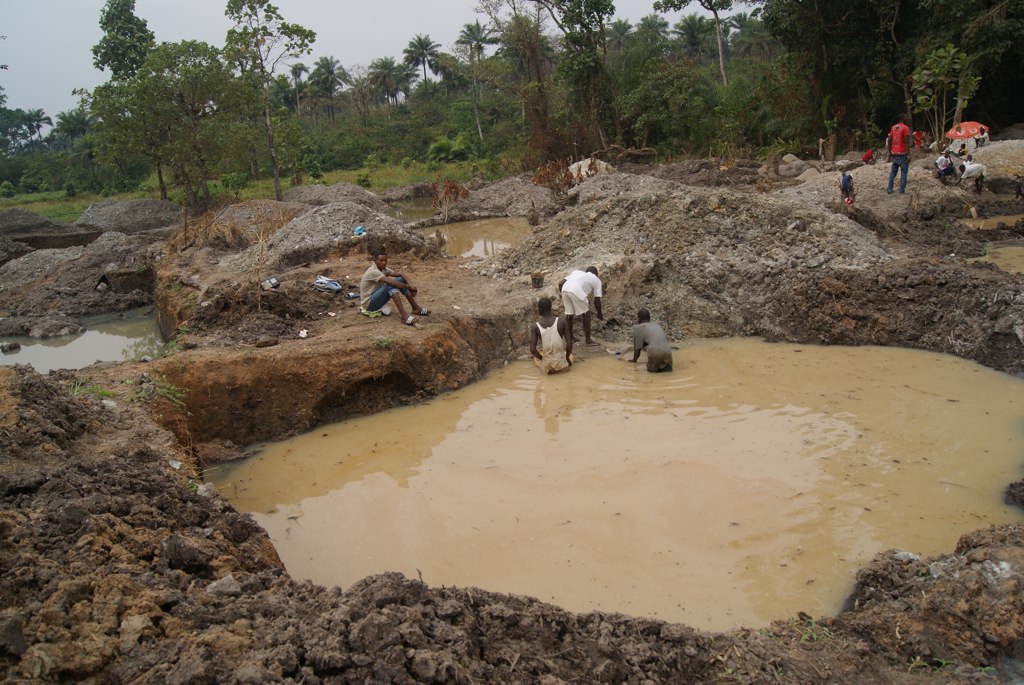
事实 6:塞拉利昂的蒂瓦伊岛保存了古老的雨林
塞拉利昂的蒂瓦伊岛是保存完好的古老雨林的所在地,为人们提供了一窥西非最丰富的生态系统之一的独特视角。蒂瓦伊岛位于该国东南部的莫阿河上,是一个野生动物保护区和生态旅游目的地,保护着大片原始雨林。
蒂瓦伊岛以其令人难以置信的生物多样性而闻名;这里拥有 700 多种植物,为各种野生动物提供了栖息地,包括该地区密度最高的灵长类动物。这里发现的灵长类动物包括濒临灭绝的西部黑猩猩和戴安娜猴。该岛还为其他野生动物提供了栖息地,例如侏儒河马和众多鸟类、爬行动物和蝴蝶,使其成为一个有价值的保护区。
事实 7:弗里敦的主要景点之一是棉树
这棵巨大的棉树 (Ceiba pentandra) 位于弗里敦的中心地带,据信已有 500 多年的历史。
根据传统,这棵树成为自由的象征,因为 1792 年,一群从新斯科舍省获得自由并搬迁到这里的前奴隶非裔美国人聚集在棉树周围,在抵达弗里敦时表示感谢。棉树从此成为塞拉利昂人的坚韧和解放的象征,并在该市的历史上占有一席之地。注意:如果您计划访问该国,请检查您是否需要塞拉利昂国际驾驶许可证才能驾驶汽车。
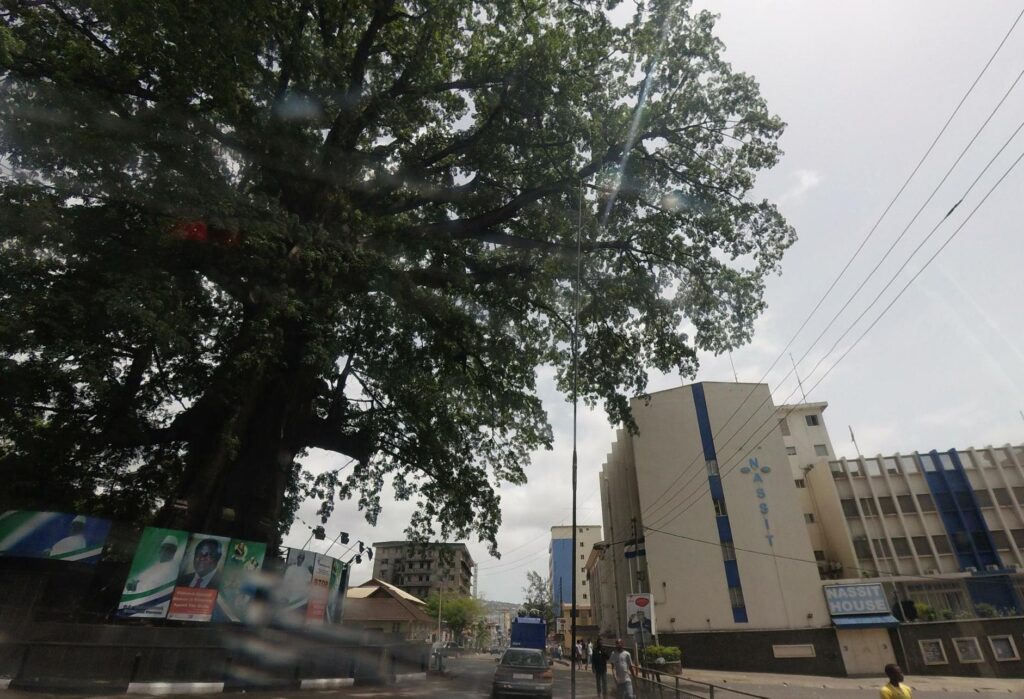
事实 8:在许多国家都很有名的 Bounty 巧克力棒广告是在塞拉利昂拍摄的
著名的 Bounty 巧克力棒广告,其标语是“天堂的味道”,确实是在塞拉利昂拍摄的。广告展示了田园诗般的热带风光,有助于树立 Bounty 作为热带美食的形象。塞拉利昂郁郁葱葱的景观和原始的海滩为该品牌想要传达的异国情调、天堂般的形象提供了完美的背景。
这则广告让国际社会将塞拉利昂视为一个美丽的热带目的地,尽管当时该国的旅游业还不发达。
事实 9:该国的名字意为狮子山
这个名字是由葡萄牙探险家佩德罗·德·辛特拉在 15 世纪命名的。当他第一次看到弗里敦现在所在的山区半岛时,他将该地区命名为“塞拉利昂”(葡萄牙语,意为“母狮山”),因为这些山脉崎岖不平,形状像狮子,也可能是因为山峰周围回荡着雷声,让人想起狮子的吼叫。随着时间的推移,这个名字演变为英语中的塞拉利昂。

事实 10:最近,塞拉利昂禁止童婚
塞拉利昂最近采取措施取缔童婚,但童婚仍然是一个重大的社会问题。2019 年,政府出台了旨在保护女孩免于早婚的法律,特别强调教育。在总统朱利叶斯·马达·比奥宣布教育是国家优先事项之后,童婚禁令是更广泛改革的一部分。他还重申禁止怀孕女孩上学,旨在解决早婚和青少年怀孕的一些后果。
尽管做出了这些努力,但执法仍然具有挑战性,特别是在传统习俗和社会经济压力仍然导致早婚的农村地区。塞拉利昂的童婚率仍然很高,超过 30% 的女孩在 18 岁之前结婚。

出版 十一月 03, 2024 • 2m

